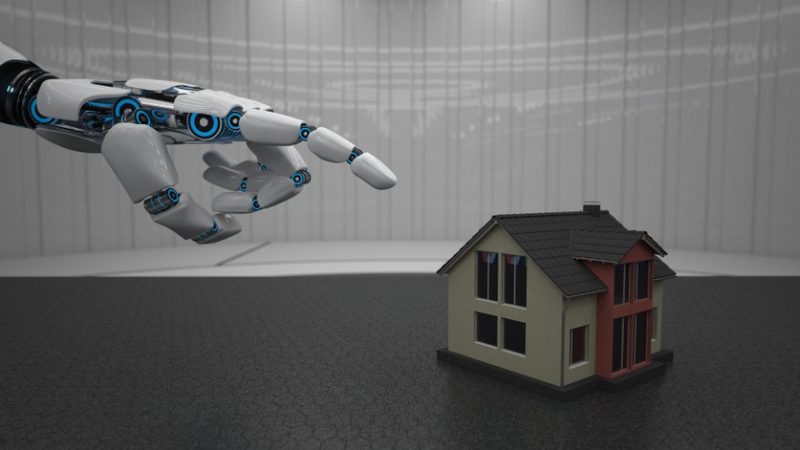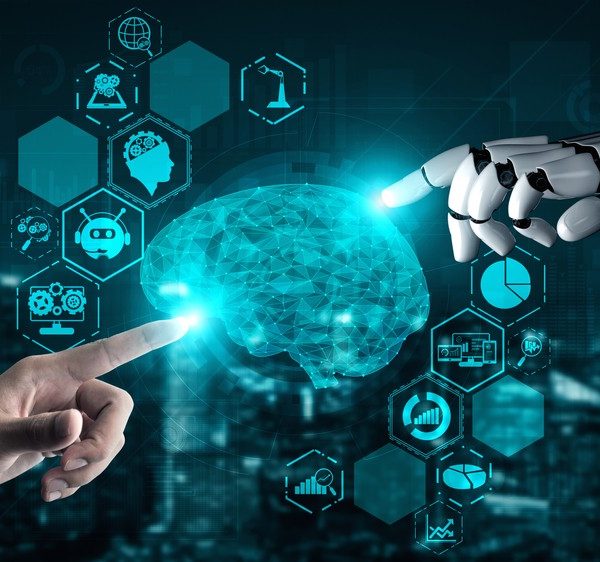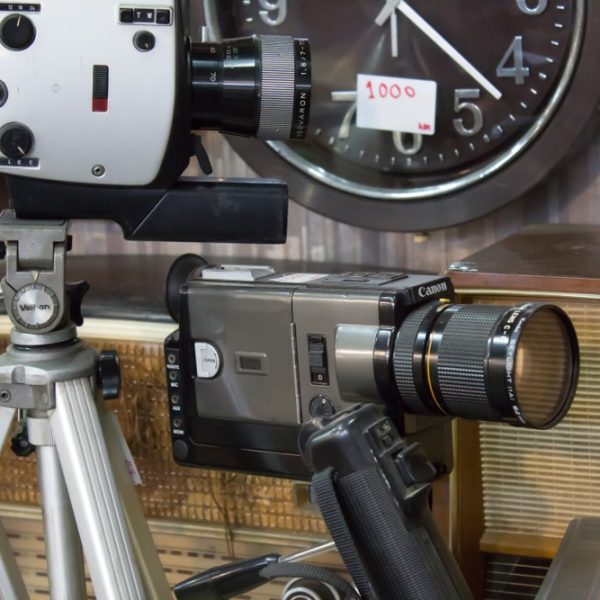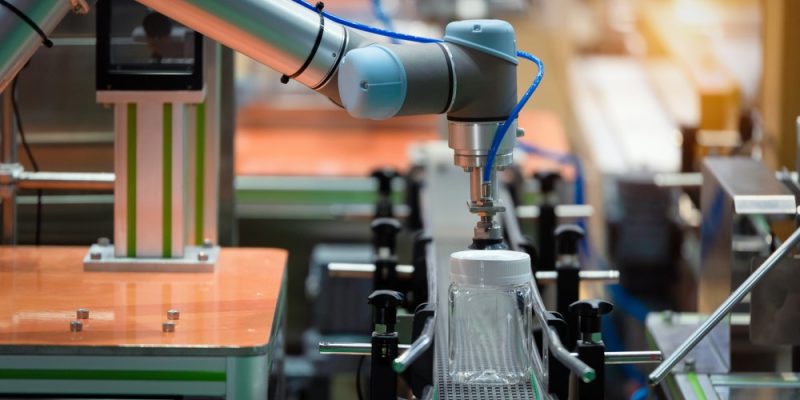
AI in Food Packaging: Smart Solution for the Future
The advancement of technology has led to the use of Artificial Intelligence (AI) in various industries, including food packaging. Companies have realized the potential of machines and algorithms in creating smarter packaging solutions that can revolutionize the entire supply chain. With the increasing use of 3D printing in industrial applications, the impact of these technologies is not limited to designers alone. Let’s take a closer look at how AI is transforming the food packaging industry.
Read Also: AI in Food and Beverage Industry: Use Cases & Benefits
Generating 3D Prototypes with AI
AI offers designers the chance to create packaging prototypes in three dimensions. This technology allows them to program an algorithm that generates the prototype, with no need for human intervention. However, it is essential to ensure that the algorithm is programmed correctly, especially if the product requires assembly.
Tailored Package Design
With the help of virtual reality and augmented reality headsets, designers can now visualize an algorithmically-designed package that is perfect for specific products. AI can analyze various factors, such as the product’s size, shape, and weight, to create a tailor-made package. This way, the package fits the product like a glove, ensuring maximum protection and customer satisfaction.
Read Also: AI in Interior Design: The Future of our Homes?
Customizing Packaging
Customization is vital in packaging design because it builds customer loyalty by making the package feel more personal. With AI, the possibilities for customization are endless. It can create packages of different shapes and sizes to fit specific products, such as cereal or hot dogs. However, creating unique-shaped packages requires specific machine parts that need to be created with CNC milling.
RFID tags and QR codes for easy reordering
With the rise of online grocery shopping, many consumers are looking for ways to simplify the ordering process. RFID tags and QR codes are being used to make this possible. These tags and codes are incorporated into the packaging design and allow consumers to quickly and easily reorder their favorite products online.
AI-driven automation for reduced manufacturing costs
Artificial intelligence is being used to direct and control robots in the manufacturing process, resulting in reduced labor costs and increased output. AI is also being used for quality control, allowing machines to self-diagnose problems with a system or component prior to human intervention. This could potentially lead to the production of more flexible products in smaller batches that are personalized based on each customer’s specifications.
Read Also: AI in Home Robots: How is it Used?
Tamper-evident packaging for product protection
Smart packaging can sense any tampering and alert authorities accordingly. This helps protect companies from the misuse of their products, such as the sale of stolen goods or counterfeit content. The technology is also expected to help detect when packages have been dropped in transit, reducing the risk of damage.
AI optimization for increased efficiency
AI is being used to optimize production lines and increase the efficiency of packaging processes. Machines with AI are more precise than humans when it comes to processing data quickly and efficiently. This results in reduced labor costs and increased output.
In conclusion, smart packaging is changing the face of the food industry. With technology such as RFID tags, QR codes, and AI-driven automation, the packaging of food is becoming more efficient, effective, and safe. As the technology continues to evolve, we can expect even more exciting changes in the future.
Optimizing Manufacturing Process with AI
By using AI, packaging manufacturers can predict demand and consumption patterns and streamline their manufacturing process accordingly, resulting in reduced waste. AI can generate alternative packaging solutions that are more eco-friendly and require fewer resources, thereby reducing complexity in the production process.
Preventing Downtime with Preventative Maintenance
Unplanned maintenance is the main reason for packaging machine downtime, which can lead to lost hours of production. However, AI can help identify potential problems before they occur, helping prevent downtime from happening. By implementing preventative maintenance, companies can save significant amounts of time and money that would have been lost during downtime.
Read Also: Artificial Intelligence in Cars: Uses of AI in the Auto Industry
Virtual Reality for Enhanced Customer Experience
The use of augmented reality (AR) and virtual reality (VR) headsets is becoming more popular in the packaging industry, providing customers with a unique experience. Companies can now allow consumers to see what’s inside the package without having to open it. For instance, some retailers have experimented with incorporating VR into their business, from training new employees in simulated store layouts to helping customers visualize what furniture would look like in their house. This technology is fast becoming mainstream in these industries, and we can expect other sectors of retail to follow suit in the coming years.
Conclusion
AI can help the packaging industry achieve sustainable practices while enhancing the customer experience. By optimizing manufacturing processes, implementing preventative maintenance, and incorporating virtual reality, companies can reduce waste, save time and money, and provide customers with a unique and immersive experience. With AI at the forefront of packaging manufacturing, companies can take significant steps towards a more sustainable and efficient future.

